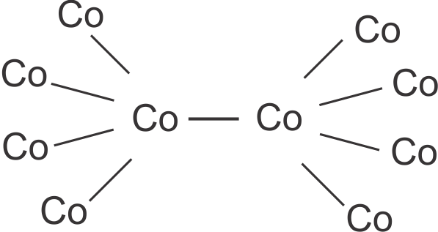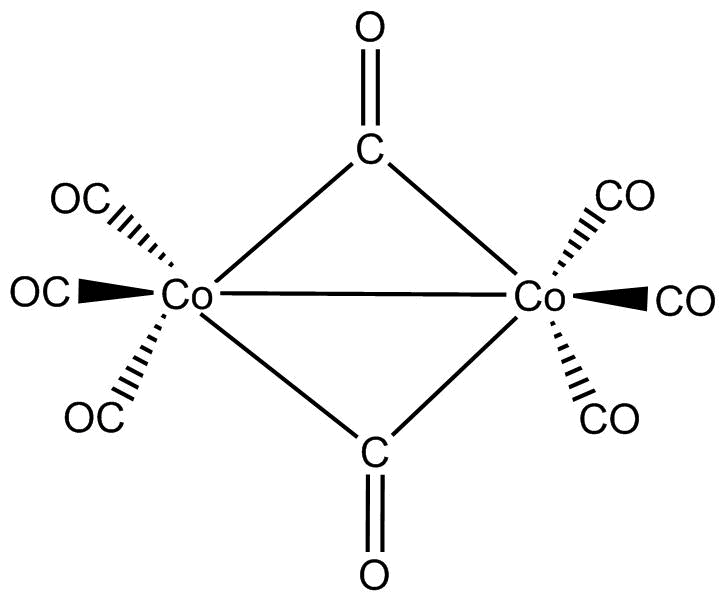
The number of bridging
a.) 0 and 2
b.) 2 and 0
c.) 4 and 0
d.) 2 and 1
Answer
466.5k+ views
Hint: Spanning ligands can be fundamentally classified as ligands that are associating or joining or at least two iotas/atoms together. These ligands are generally used to interface metal particles. Presently, these ligands may either be mono - nuclear or polyatomic in nature.
Complete step by step answer:
As can be seen from the structure of
Number of
n = number of metals
(i)
Number of
So the number of
Verification:
So, the number of ligands in

So, if we re draw the above diagram we would get 2 bridging

The correct answer is option “D” .
Additional Information :
Bridging ligands: A bridging ligand is a ligand that interfaces at least two molecules, normally metal particles. The ligand might be nuclear or polyatomic. Essentially all intricate natural mixes can fill in as bridging ligands, so the term is normally limited to little ligands, for example, pseudo-halides or to ligands that are explicitly intended to connect two metals.
Note: In naming a complex wherein a solitary particle spans two metals, the connecting ligand is gone before by the Greek letter mu,
Complete step by step answer:
As can be seen from the structure of
Number of
n = number of metals
(i)
Number of
So the number of
Verification:
So, the number of ligands in

So, if we re draw the above diagram we would get 2 bridging

The correct answer is option “D” .
Additional Information :
Bridging ligands: A bridging ligand is a ligand that interfaces at least two molecules, normally metal particles. The ligand might be nuclear or polyatomic. Essentially all intricate natural mixes can fill in as bridging ligands, so the term is normally limited to little ligands, for example, pseudo-halides or to ligands that are explicitly intended to connect two metals.
Note: In naming a complex wherein a solitary particle spans two metals, the connecting ligand is gone before by the Greek letter mu,
Latest Vedantu courses for you
Grade 10 | CBSE | SCHOOL | English
Vedantu 10 CBSE Pro Course - (2025-26)
School Full course for CBSE students
₹37,300 per year
Recently Updated Pages
Master Class 9 General Knowledge: Engaging Questions & Answers for Success

Master Class 9 English: Engaging Questions & Answers for Success

Master Class 9 Science: Engaging Questions & Answers for Success

Master Class 9 Social Science: Engaging Questions & Answers for Success

Master Class 9 Maths: Engaging Questions & Answers for Success

Class 9 Question and Answer - Your Ultimate Solutions Guide

Trending doubts
State and prove Bernoullis theorem class 11 physics CBSE

What are Quantum numbers Explain the quantum number class 11 chemistry CBSE

Who built the Grand Trunk Road AChandragupta Maurya class 11 social science CBSE

1 ton equals to A 100 kg B 1000 kg C 10 kg D 10000 class 11 physics CBSE

State the laws of reflection of light

One Metric ton is equal to kg A 10000 B 1000 C 100 class 11 physics CBSE




